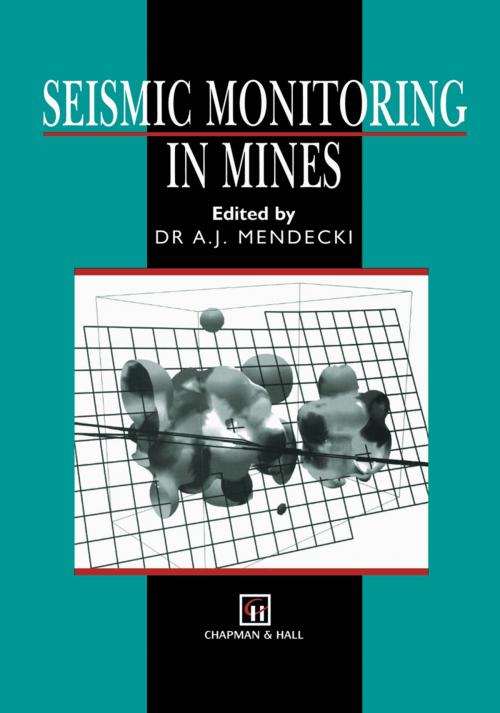Seismic Monitoring in Mines
Nonfiction, Science & Nature, Science, Other Sciences, Meteorology, Earth Sciences| Author: | ISBN: | 9789400915398 | |
| Publisher: | Springer Netherlands | Publication: | December 6, 2012 |
| Imprint: | Springer | Language: | English |
| Author: | |
| ISBN: | 9789400915398 |
| Publisher: | Springer Netherlands |
| Publication: | December 6, 2012 |
| Imprint: | Springer |
| Language: | English |
Routine seismic monitoring in mines was introduced over 30 years ago with two main objectives in mind: • immediate location of larger seIsmIC events to guide rescue operations; • prediction of large rockmass instabilities. The first objective was achieved fairly quickly, but with the subsequent development of mine communication systems, its strategic importance has diminished. The very limited success with prediction can, at least partially, be attributed to three factors: • seismic monitoring systems based on analogue technology that provided noisy and, frequently, poorly calibrated data of limited dynamic range; • the non-quantitative description of a seismic event by at best its local magnitude; and • the resultant non-quantitative analysis of seismicity, frequently through parameters of some statistical distributions, with a somewhat loose but imaginative physical interpretation. The introduction of modern digital seismic systems to mines and progress in the theory and methods of quantitative seismology have enabled the implementation of realtime seismic monitoring as a management tool, quantifying rockmass response to mining and achieving the first tangible results with prediction. A seismic event, being a sudden inelastic deformation within the rockmass, can now routinely be quantified in terms of seismic moment, its tensor, and radiated seismic energy, so that the overall size of, and stress released at, the seismic source can be estimated.
Routine seismic monitoring in mines was introduced over 30 years ago with two main objectives in mind: • immediate location of larger seIsmIC events to guide rescue operations; • prediction of large rockmass instabilities. The first objective was achieved fairly quickly, but with the subsequent development of mine communication systems, its strategic importance has diminished. The very limited success with prediction can, at least partially, be attributed to three factors: • seismic monitoring systems based on analogue technology that provided noisy and, frequently, poorly calibrated data of limited dynamic range; • the non-quantitative description of a seismic event by at best its local magnitude; and • the resultant non-quantitative analysis of seismicity, frequently through parameters of some statistical distributions, with a somewhat loose but imaginative physical interpretation. The introduction of modern digital seismic systems to mines and progress in the theory and methods of quantitative seismology have enabled the implementation of realtime seismic monitoring as a management tool, quantifying rockmass response to mining and achieving the first tangible results with prediction. A seismic event, being a sudden inelastic deformation within the rockmass, can now routinely be quantified in terms of seismic moment, its tensor, and radiated seismic energy, so that the overall size of, and stress released at, the seismic source can be estimated.















